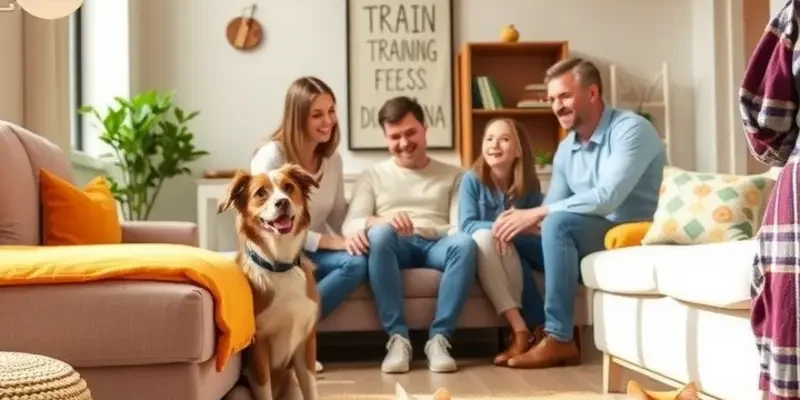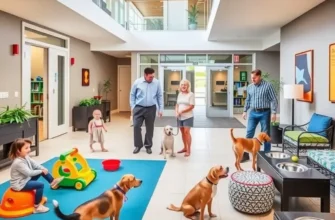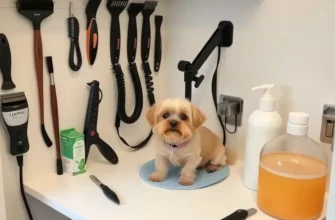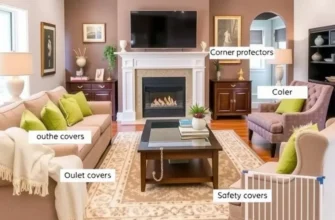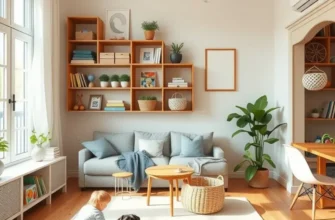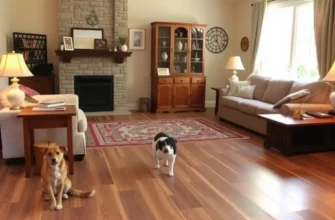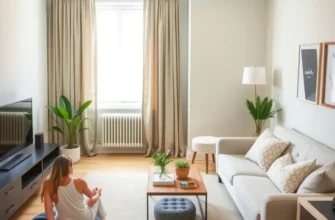Finding the perfect apartment that accommodates both your family and your furry friends can feel daunting. Balancing pet ownership with living in a shared space like an apartment requires thoughtful planning and open communication among family members. It’s crucial to foster a nurturing environment while ensuring both pets and children feel safe and happy. Effective pet training is one of the critical steps in achieving this balance. Whether it’s a curious cat, an energetic dog, or a small family of both, instilling good behavior and routines can significantly mitigate potential issues in a confined living area. This article is packed with actionable tips and thoughtful advice to help families, couples, and pet owners harness effective training strategies that suit apartment living. Dive in and discover how you can create a harmonious home, encouraging your pets to thrive alongside your family, no matter the size of your living quarters.
Step-by-Step Training Techniques for Apartment Living
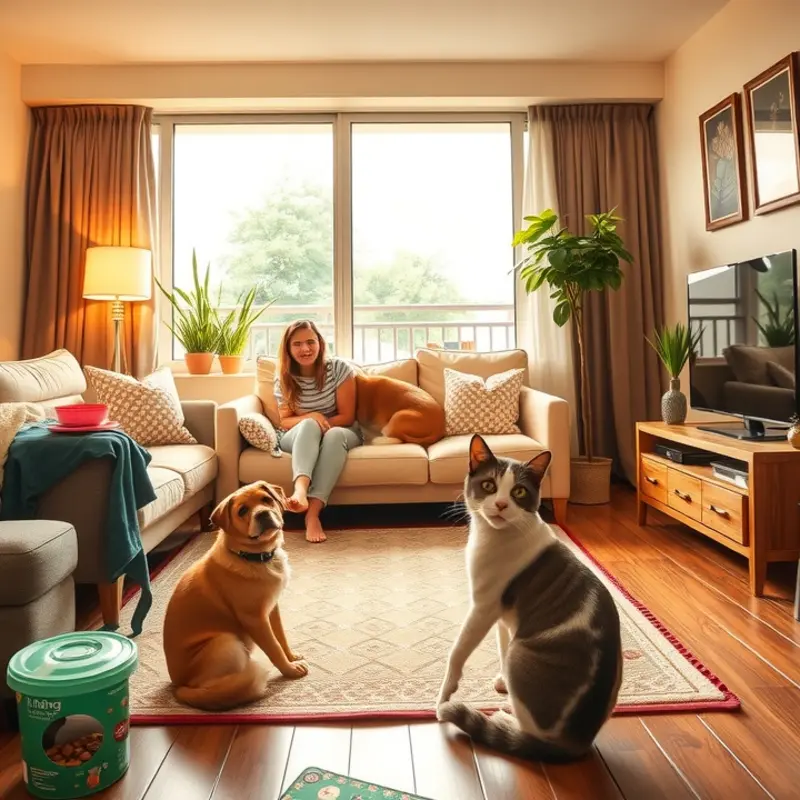
Training a pet to adapt to apartment living requires patience and understanding of both the pet’s needs and the unique challenges of confined spaces. Start by establishing a routine. Regular feeding times, walks, and play sessions help build a predictable environment that pets thrive in. Consistency is key; a structured schedule reassures them and reduces anxiety.
Begin with basic commands. Teaching simple commands such as “sit,” “stay,” and “come” are essential in any setting, but especially in an apartment. Use positive reinforcement techniques, rewarding your pet with treats or praise when they successfully follow a command. Keep training sessions short to maintain your pet’s attention.
Creating an enriching environment is crucial to prevent boredom-related behavior issues. Utilize enriching toys and activities tailored for indoor play. Puzzle feeders and interactive toys provide mental stimulation that is vital for your pet’s well-being. Rotate toys weekly to keep their interest piqued.
A vital aspect of apartment living is ensuring your pet respects noise boundaries. Thin walls can mean any excessive barking or meowing will disturb neighbors. Train your pet by gently redirecting inappropriate vocalization with commands. Reward their silence with calm praise or a treat, reinforcing the behavior you desire.
Socialization is equally important. While space is limited, exposing your pet to various people and pets can prevent aggression or shyness. Arrange safe playdates with other pet owners and gradually introduce your pet to different environments, such as the building’s elevator or nearby parks, while ensuring you adhere to leash rules.
Maintaining cleanliness is crucial in tight quarters. Consider DIY cleaning products that are pet-safe for an apartment-friendly solution to keep your home tidy without harmful chemicals. Explore more about pet-friendly indoor activities here.
Furthermore, ensure your apartment space is safe. Tuck away electrical cords and secure heavy objects that could knock over during play. The goal is to create an environment where your pet can explore safely under supervision.
Lastly, patience and compassion go a long way in helping a pet adapt to apartment living. Keep in mind the transition may take time. Celebrate small milestones in training and remember that every pet learns at its own pace. Fostering a positive and rewarding environment will ensure your pet’s successful adjustment to apartment life.
Creating a Safe, Comfortable Space for Pets and Kids
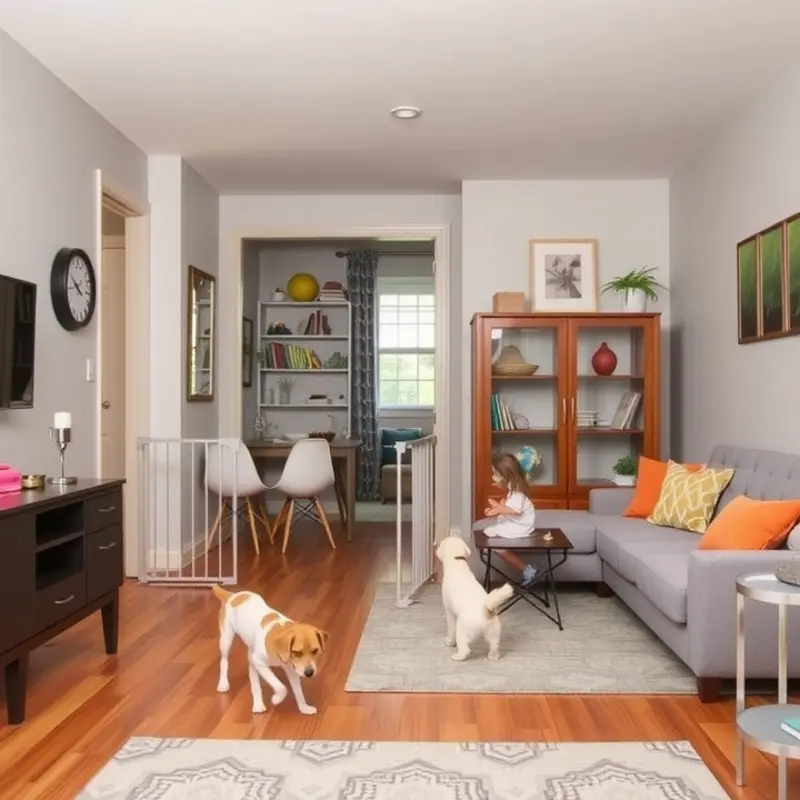
Designing an apartment that accommodates both pets and children requires thoughtful organization and clever modifications. With a few strategic adjustments, your home can become a harmonious environment where pets thrive and children play safely. Here’s how to achieve that balance.
Start by assessing potential hazards in each room. Secure loose wires and cords that might tempt curious pets and toddlers. Use cord organizers or tubing to bundle and cover electrical cords, keeping them out of reach. Install childproof latches on lower cabinets to prevent access to cleaning supplies or fragile items. Consider using magnetic locks, which are effective but still renter-friendly.
Creating designated spaces for both pets and children can reduce conflicts and enhance comfort. Choose an area for your pet’s bed, toys, and food bowls that is easily accessible yet away from high traffic zones. Opt for washable rugs and easy-to-clean flooring, which can minimize stress during inevitable spills or pet accidents. For children, set up a safe play area with soft flooring and age-appropriate toys that won’t be damaged if shared with playful pets.
When furnishing your apartment, prioritize materials that stand up to the wear and tear of active households. Microfiber and leather are often recommended for sofas because they resist stains and scratches. Look for furniture with rounded edges to reduce injuries during playtime.
Incorporating vertical space is an effective strategy for accommodating pets, especially in smaller apartments. Wall-mounted shelves or towers can provide cats with climbing opportunities and personal space. Cats naturally love to observe from above, and these structures can deter them from furniture-scratching habits. Additionally, you can place elevated pet beds away from children’s reach, giving your pets a sanctuary.
For areas that may pose greater risks, employ simple barriers. Baby gates are versatile tools for sectioning off spaces. Whether you’re keeping a room off-limits or creating a barrier around your pet’s dining area during messy meals, they ensure safety without permanent alterations.
Finally, storage solutions play a crucial role in maintaining a tidy, safe environment. Use baskets and bins to keep toys and pet accessories organized, teaching children the importance of tidiness. For more ideas on keeping your apartment organized, explore basket storage strategies to maximize space creatively and efficiently.
By making these thoughtful modifications, your apartment can be a sanctuary where pets feel secure and children play freely. Creating these designated spaces not only minimizes potential conflicts but also nurtures a harmonious coexistence that enriches your family’s daily life.
Final words
Successfully integrating pets into your family’s apartment life is achievable with the right approach to training and environmental design. Consistent training fosters good behavior and ensures a peaceful coexistence among pets and children. Remember, patience is key! Celebrate small victories in training and create safe spaces tailored to both pets and kids. By adopting these tips, you’ll contribute to a fulfilling and joyful ambiance in your home, where every family member—human and four-legged alike—can thrive together in harmony. Embrace the journey of pet ownership in your apartment with confidence and see it as a rewarding experience for everyone involved.

